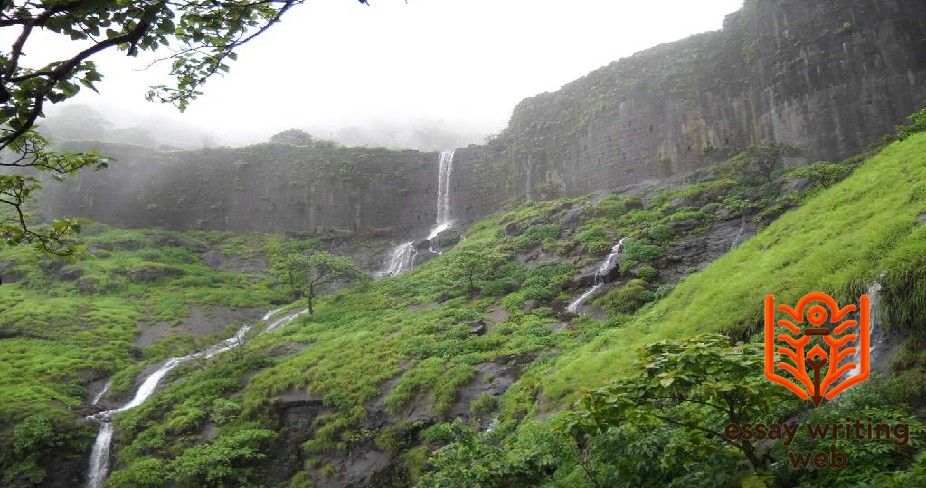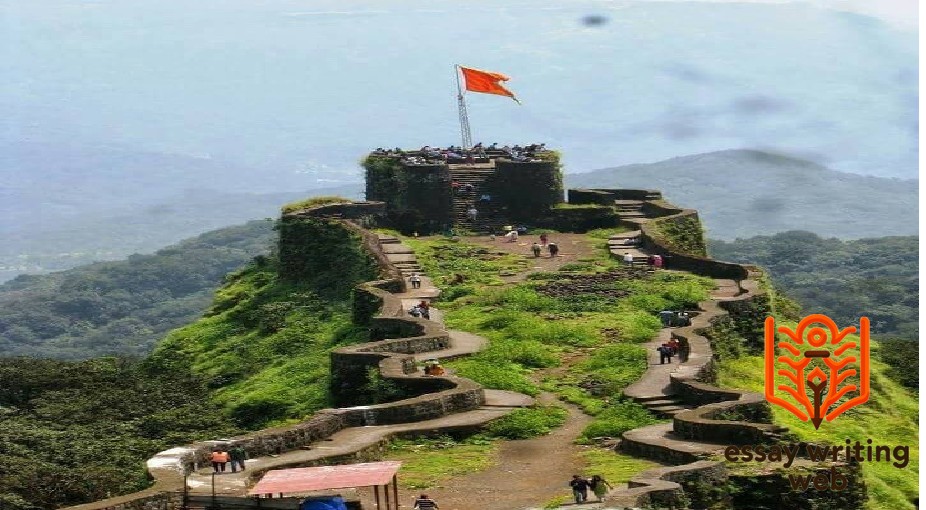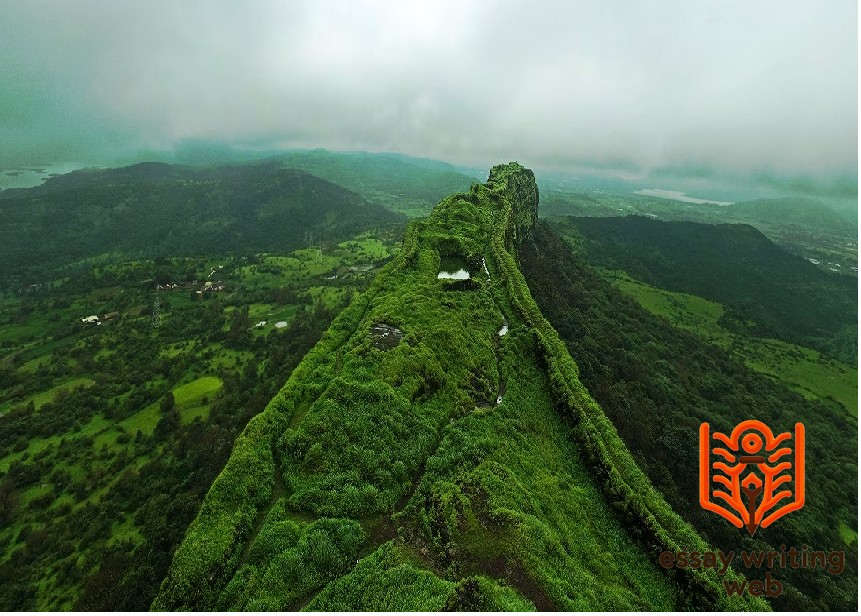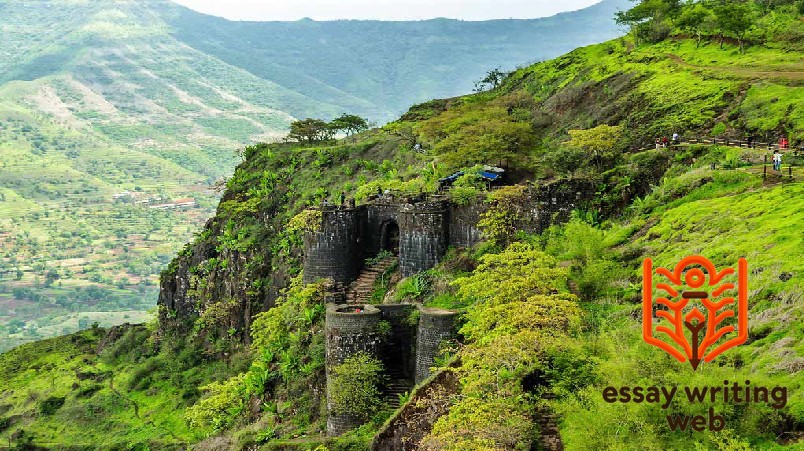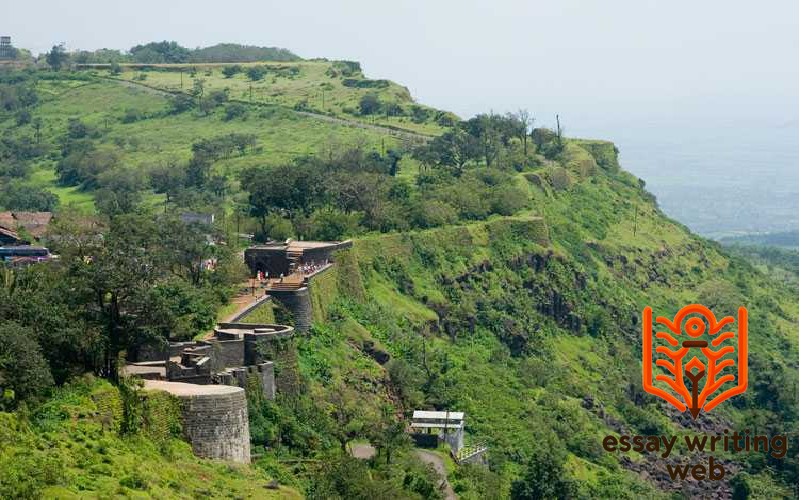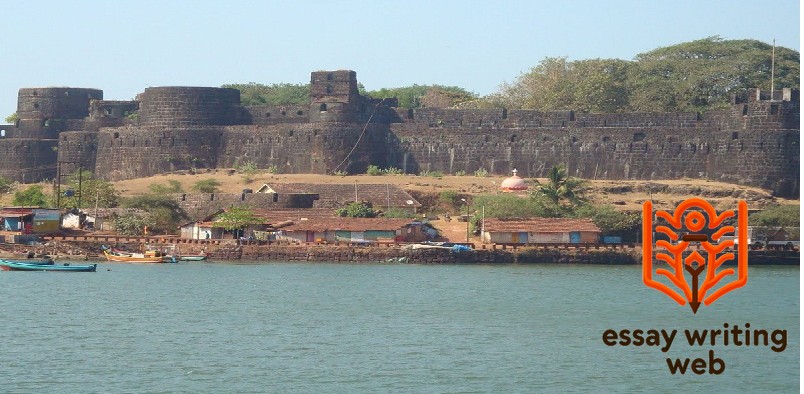 Essay Writing Web
Essay Writing Web
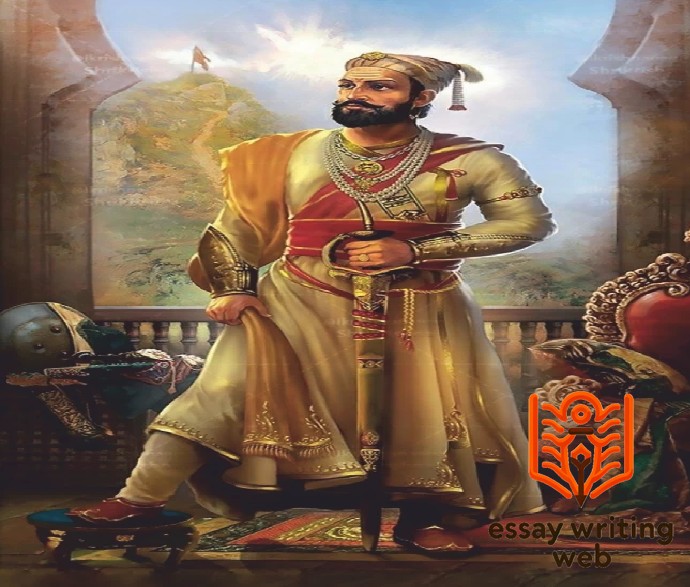
 02-09-2024
02-09-2024
 www.essaywritingweb.com
www.essaywritingweb.com
Chhatrapati Shivaji Maharaj stands as one of the most revered and iconic figures in Indian history, celebrated for his extraordinary leadership, valor, and vision. Born in 1630 at Shivneri Fort, near Pune, Maharashtra, Shivaji carved out an independent Maratha kingdom at a time when India was dominated by powerful empires like the Mughals. His name is synonymous with the spirit of resistance and the fight for freedom, not just in Maharashtra but across the entire Indian subcontinent. Shivaji's life is a testament to his exceptional military acumen, progressive administration, and deep commitment to justice and the welfare of his people. His legacy has transcended centuries, inspiring countless generations to value bravery, leadership, and the pursuit of self-governance.
Chhatrapati Shivaji Maharaj is a towering figure in Indian history, known for his unyielding courage, strategic brilliance, and progressive governance. His importance and legacy extend far beyond the boundaries of the Maratha Empire, leaving an indelible mark on the history and culture of India. Shivaji’s life and achievements are celebrated not just for the empire he built, but for the principles he stood for—freedom, justice, and the upliftment of his people.
Shivaji Maharaj's greatest contribution was the establishment of the Maratha Empire, which played a crucial role in resisting the Mughal domination of India. At a time when much of the subcontinent was under the control of the Mughal Empire, Shivaji’s emergence as a formidable power was a beacon of hope for those seeking freedom from oppressive rule. He successfully carved out an independent kingdom in western India, which eventually grew into one of the most powerful empires in the country.
One of the key reasons for Shivaji's enduring legacy is his military prowess and innovative strategies. He is often credited with pioneering the use of guerrilla warfare in India, a tactic that allowed his smaller forces to defeat much larger and better-equipped armies. His knowledge of the terrain, coupled with his ability to execute surprise attacks, made him a formidable opponent. Shivaji’s emphasis on fortification, as seen in the numerous forts he built and captured, became a cornerstone of Maratha defense strategy and played a significant role in the success of his military campaigns.
Shivaji Maharaj was not only a great warrior also a visionary ruler. His administrative policies reflected his deep concern for the welfare of his people. He established a well-structured and efficient administration, with a focus on justice, revenue collection, and the protection of his subjects. Shivaji's revenue system, which reduced the burden on farmers and promoted agricultural development, was particularly progressive for its time. He also emphasized merit over birth in his administration, appointing capable individuals to key positions regardless of their caste or background.
Shivaji Maharaj is also remembered for his promotion of Hindu culture and his efforts to protect it in an era of religious conflict. However, he was equally known for his tolerance and respect for other religions. His reign was marked by a policy of religious inclusivity, where people of all faiths could live in harmony. This aspect of his rule helped foster a sense of unity among the diverse communities within his empire, further solidifying his legacy as a just and fair ruler.
Perhaps the most enduring aspect of Shivaji Maharaj's legacy his role as a symbol of resistance against tyranny. His successful defiance of the Mughal Empire inspired many future generations to fight for their freedom. During the Indian independence movement, leaders like Bal Gangadhar Tilak and others invoked Shivaji's name to rally people against British colonial rule. His life story became a source of inspiration for those who sought to challenge oppression and reclaim their rights.
Chhatrapati Shivaji Maharaj, one of the most revered figures in Indian history, was born into a period of political turmoil and social upheaval. His birth and family background played a significant role in shaping the values and vision that would later define his remarkable life and legacy. Understanding the circumstances of his birth and the environment in which he was raised offers valuable insight into the foundations of his character and the early influences that guided him.
Shivaji Maharaj was born on February 19th 1630, at the Shivneri Fort, near Junnar in the Pune district of present-day Maharashtra. The fort, perched on a hill, was a strategic stronghold of the Maratha region, symbolizing the resilience and strength that would come to characterize Shivaji’s own life. His birth took place during a time when the Indian subcontinent was largely under the control of the Mughal Empire, with many regional kingdoms struggling to maintain their independence.
Shivaji was named after the local deity Shivai, whom his mother, Jijabai, fervently worshipped. The goddess was believed to have blessed Jijabai with a son who would grow up to become a great warrior and leader. This deep sense of spiritual purpose and divine blessing would play a significant role in Shivaji’s upbringing, instilling in him a strong sense of destiny and mission from a young age.
Shivaji Maharaj hailed from the Bhonsle Maratha clan, a respected warrior family with a history of service in the Deccan region. His father, Shahaji Bhosale, was a prominent general who served under the Adil Shahi Sultanate of Bijapur, one of the powerful regional kingdoms in southern India. Shahaji was known for his military acumen and had established a reputation as a capable and loyal leader. However, the political landscape was fraught with shifting alliances, and Shahaji’s loyalties were often tested as he navigated the complex dynamics between the various regional powers and the Mughal Empire.
Shahaji’s military career required him to be away from home for extended periods, which meant that young Shivaji was primarily raised by his mother, Jijabai. A woman of strong will and deep piety, Jijabai was instrumental in shaping Shivaji’s early life. She was not only his primary caregiver but also his first teacher, instilling in him the values of courage, righteousness, and devotion to his people and religion. Jijabai’s influence was profound; she narrated stories of the great Hindu epics—the Ramayana and Mahabharata—and emphasized the importance of duty, honor, and the protection of the weak.
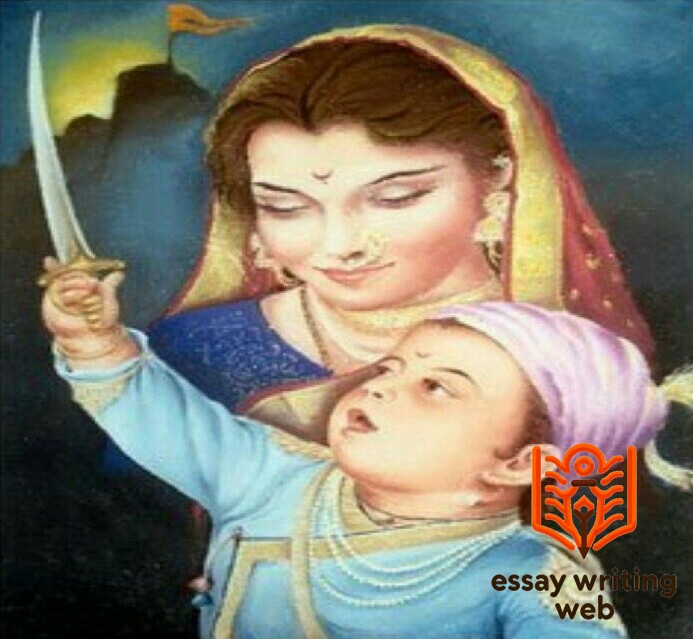
Chhatrapati Shivaji Maharaj, one of India's most revered leaders, was a man of exceptional intellect and strategic brilliance. While much is known about his military conquests and administrative acumen, the educational foundation that shaped his character and leadership qualities is equally significant. Shivaji's education was not confined to the traditional classroom setting but was a holistic process that involved moral, practical, and martial training.
The moral and spiritual education of Shivaji Maharaj was primarily influenced by his mother, Jijabai, a woman of great wisdom and piety. Jijabai instilled in Shivaji a deep sense of righteousness and a strong moral compass. She would often narrate stories from the Hindu epics, the Ramayana and Mahabharata, which were not just tales of heroism but also rich in ethical and moral lessons. These stories served as a guiding force in Shivaji's life, teaching him the values of duty, honor, and justice.
Jijabai's teachings emphasized the importance of dharma (righteousness) and the protection of the oppressed and weak. These early lessons in morality and spirituality were instrumental in shaping Shivaji's sense of justice and his commitment to the welfare of his people. His actions as a ruler, marked by fairness, compassion, and a strong sense of duty, were deeply rooted in the values imparted to him during his formative years.
From a young age, Shivaji Maharaj was trained in the art of warfare, a crucial aspect of his education that prepared him for the challenges he would later face as a leader. Growing up in the rugged terrain of the Sahyadri Mountains, Shivaji learned the importance of terrain awareness, which became a cornerstone of his military strategy. His training included swordsmanship, archery, horsemanship, and the use of various weapons, all of which he mastered with great skill.
Shivaji's martial education was not limited to physical training; it also involved learning the strategies and tactics of warfare. He was exposed to the principles of guerrilla warfare, a tactic that would later define his military campaigns. The rugged landscape of his homeland provided the perfect environment for developing these tactics, which allowed him to conduct swift and effective attacks against much larger and better-equipped enemies. His innovative use of forts, such as Raigad and Pratapgad, as strategic military bases, demonstrated his deep understanding of defensive and offensive strategies.
Shivaji's education extended beyond the battlefield to the intricacies of governance and statecraft. His father, Shahaji Bhosale, was a prominent general who served under various rulers in the Deccan region. Although Shahaji was often away due to his military responsibilities, his career provided Shivaji with valuable insights into the complexities of politics and administration. Shivaji observed the challenges his father faced in navigating the shifting alliances and power struggles of the time, learning important lessons in diplomacy, negotiation, and leadership.
In addition to observing his father's career, Shivaji received formal education in statecraft, which included lessons on revenue collection, justice, and governance. He was taught the importance of building a strong and efficient administration that could sustain a stable and prosperous kingdom. Shivaji's later success in establishing a well-organized and just administration was a direct result of the knowledge and skills he acquired during his early education.
Shivaji Maharaj was also exposed to a rich cultural and linguistic education. He grew up in a multilingual environment, which helped him develop proficiency in several languages, including Marathi, Sanskrit, Kannada, and Persian. This linguistic ability allowed him to communicate effectively with different communities and forge alliances across diverse regions.
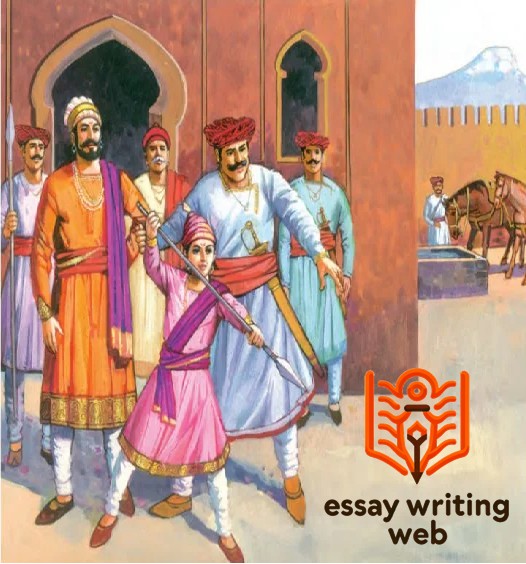
Chhatrapati Shivaji Maharaj, one of India's most revered and iconic figures, is widely known for his role in establishing the Maratha Empire, a formidable force that challenged the Mughal dominance in the Indian subcontinent. Born on February 19, 1630, in Shivneri Fort, Maharashtra, Shivaji grew up during a time of intense political and social turmoil. Under the guidance of his mother, Jijabai, and his tutor, Dadaji Konddev, Shivaji developed not only a deep sense of patriotism and justice but also a keen understanding of military tactics and statecraft. These qualities laid the foundation for what would eventually become the Maratha Empire.
Shivaji's early life was marked by a deep desire to establish a kingdom that could resist foreign domination and protect the interests of the local population. At a young age, he began consolidating a small group of loyal followers and strategically took control of several forts in the Sahyadri mountain range. These forts, including Torna, Rajgad, and Kondana (later renamed Sinhagad), were not only of strategic importance but also symbolized the emerging power of the Marathas.
Shivaji’s vision for the Maratha Empire was rooted in his belief in self-rule (Swarajya) and a strong, independent state that would be free from the influence of external powers, particularly the Mughals and the Bijapur Sultanate. This vision was revolutionary at the time, as the Indian subcontinent was largely under the control of either the Mughals or various regional sultanates.
One of the most significant aspects of Ch. Shivaji Maharaj success in founding the Maratha Empire was his innovative military strategies. Shivaji employed guerrilla warfare tactics, which were highly effective against the larger and more conventional armies of the Mughals and Bijapur. These tactics, known as “Ganimi Kava,” involved swift, surprise attacks on enemy forces, often at night, followed by a rapid retreat into the safety of the rugged terrain. This approach allowed Shivaji’s forces to harass and weaken their enemies without engaging in prolonged battles.
Shivaji’s capture of the Fort of Torna in 1645 marked the beginning of his expansion. From this stronghold, he launched several successful campaigns, including the famous seizure of the Fort of Raigad, which later became the capital of the Maratha Empire. His strategic brilliance was further demonstrated in the Battle of Pratapgad in 1659, where he defeated the much larger army of Afzal Khan, a general of the Bijapur Sultanate. This victory not only boosted the morale of Ch. Shivaji’s troops but also sent a clear message to his enemies about the growing power of the Marathas.
In addition to his military prowess, Shivaji was a master of diplomacy. He skillfully navigated the complex political landscape of the time, forging alliances with other regional powers while maintaining the independence of his own kingdom. His treaty with the Mughal Empire known as the Treaty of Purandar in 1665, is a prime example of his diplomatic acumen. Although the treaty required Shivaji to cede some forts to the Mughals, it also allowed him to retain control over several key territories and later enabled him to regain most of the lost ground through shrewd maneuvering.
Shivaji's coronation in 1674 as the Chhatrapati (sovereign) of the Maratha Empire was a momentous occasion that marked the formal establishment of the empire. The coronation took place at Raigad Fort, where Shivaji was crowned in a grand ceremony that emphasized his status as a Hindu ruler of a sovereign state. This event not only solidified his authority but also served as a rallying point for the Marathas and other regional powers who opposed Mughal rule.
The establishment of the Maratha Empire under Shivaji Maharaj was not just a military or political achievement; it was the realization of a vision for a just and prosperous state that would protect the dignity and rights of its people. Shivaji's administrative reforms, including the introduction of a disciplined revenue system and a fair judicial process, laid the groundwork for a stable and effective governance structure. His emphasis on the welfare of his subjects, religious tolerance, and the protection of women and the weak were hallmarks of his rule that endeared him to his people and earned him respect from allies and enemies alike.
Shivaji’s legacy continued long after his death in 1680, as the Maratha Empire grew to become one of the most powerful and enduring empires in Indian history. His pioneering efforts in establishing the Maratha state set the stage for the eventual decline of Mughal power and the rise of regional powers that would shape the future of India.
Chhatrapati Shivaji Maharaj, the founder of the Maratha Empire, is celebrated for his military acumen, administrative reforms, and visionary leadership. Among his many achievements, the establishment of a naval force stands out as a remarkable and pioneering feat in Indian history. In an era dominated by land-based empires, Shivaji's foresight in recognizing the strategic importance of a navy was revolutionary and laid the foundation for Maratha maritime power, which played a crucial role in safeguarding his empire and challenging foreign dominance along the western coast of India.
The idea of building a navy was not common among Indian rulers in the 17th century, particularly those with landlocked kingdoms. However, Shivaji, with his strategic brilliance, understood that control over the coastline and maritime routes was essential for the security and expansion of his empire. The western coast of India, particularly the Konkan region, was not only rich in resources but also vulnerable to attacks from foreign powers, especially the Portuguese, the Dutch, and the Siddis, who were operating from the nearby island of Janjira.
Shivaji's decision to establish a navy was driven by multiple strategic considerations. First, he aimed to protect his kingdom from seaborne invasions, particularly from the Portuguese and the Siddis, who posed a constant threat to the Maratha territories. Second, he wanted to secure the vital trade routes along the Arabian Sea, which were crucial for the economic prosperity of his kingdom. Third, Shivaji sought to assert Maratha dominance over the western coast and to project power in the region, thereby enhancing his empire's prestige and influence.
Shivaji began his naval endeavors in the early 1650s by commissioning the construction of a fleet of warships. These ships were built in shipyards along the Konkan coast, with notable centers at Kalyan, Bhiwandi, and Ratnagiri. The fleet consisted of various types of vessels, including warships known as 'ghurabs' and smaller, fast-moving boats called 'galbats.' The ghurabs were heavily armed and designed for offensive operations, while the galbats were agile and used for patrolling and quick attacks.
Unlike the European ships, which were predominantly built for long voyages, Shivaji's ships were designed for coastal defense and quick, decisive strikes. The Maratha navy was characterized by its versatility and ability to navigate the shallow coastal waters, giving it a significant advantage in the region.
One of the most significant achievements of Shivaji's navy was the capture of key coastal forts and islands that were previously under the control of foreign powers. The conquest of the island of Suvarnadurg and the fortress of Khanderi were particularly notable. These victories not only secured strategic points along the coast but also provided the Marathas with bases from which they could launch further naval operations.
In 1670, Shivaji's navy scored a significant victory against the Siddis of Janjira by attacking their fleet near the coast of Dandarajpuri. Although Janjira remained a formidable challenge, Shivaji's navy managed to weaken the Siddi forces and disrupt their control over the region. This victory underscored the growing power of the Maratha navy and demonstrated Shivaji's ability to challenge even the most entrenched maritime powers.
By establishing a strong naval presence, Shivaji was able to negotiate from a position of strength with foreign powers such as the Portuguese, who controlled several coastal enclaves in India. The mere existence of a formidable Maratha navy forced these powers to take Shivaji seriously as a regional player, leading to various diplomatic engagements and treaties.
Moreover, Shivaji's navy played a critical role in protecting and fostering maritime trade. The Maratha navy safeguarded merchant vessels traveling along the coast, ensuring the smooth flow of goods and enhancing the economic prosperity of the empire. This protection extended not only to Maratha traders but also to foreign merchants, further boosting the empire's economic strength and political influence.
The establishment of the Maratha navy under Shivaji Maharaj was a groundbreaking development in Indian maritime history. It marked the beginning of a new era in which Indian powers actively engaged in naval warfare and maritime trade. Shivaji Maharaj navy not only protected the Maratha Empire but also laid the groundwork for the later expansion of Maratha influence across the Indian Ocean.
Shivaji's successors, most notably his son Sambhaji and grandson Shahu, continued to build upon this naval legacy. The Maratha navy remained a formidable force well into the 18th century, playing a key role in the conflicts with the Portuguese, the Siddis, and later, the British. The Maratha naval tradition that Shivaji started also inspired other Indian rulers to recognize the importance of naval power, contributing to a broader maritime resurgence in the region.
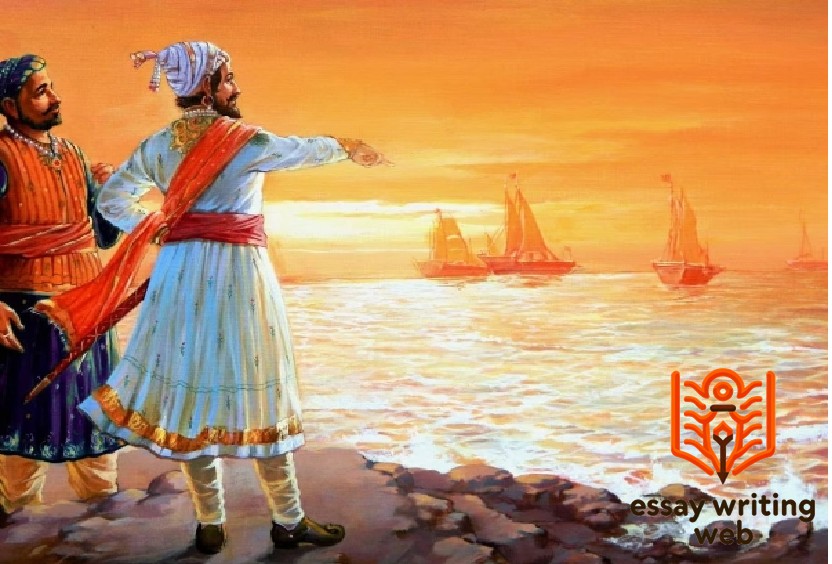
Shivaji Maharaj's respect for women and his commitment to their protection were deeply rooted in his upbringing and cultural values. From a young age, he was influenced by his mother, Jijabai, who instilled in him a strong sense of righteousness and respect for all individuals, regardless of their gender or social status. This upbringing shaped his views on the treatment of women and guided his policies as a ruler.
During Shivaji's time, women were often treated as spoils of war, subjected to abduction, and used as instruments of political gain. Shivaji vehemently opposed such practices and took significant steps to ensure the safety and dignity of women in his realm. One of the most notable examples of his commitment to this cause was his strict orders to his soldiers that women were never to be harmed, even in the heat of battle. Any soldier found guilty of violating this code was met with severe punishment, regardless of his rank or contribution to the army. This policy not only safeguarded the women of his own kingdom but also earned Shivaji respect from women across the territories he conquered.
Shivaji Maharaj's approach to governance was deeply influenced by his belief in justice and fairness. He understood that a just society is the foundation of a strong and stable state, and he worked tirelessly to establish a system that reflected these values. His emphasis on justice was evident in the way he structured his administration and the measures he implemented to ensure that all his subjects, regardless of their background, received fair treatment.
One of the key components of Shivaji's administration was the establishment of a judicial system that was accessible and impartial. He appointed competent and honest officials to oversee the administration of justice, ensuring that disputes were resolved quickly and fairly. Shivaji's courts were known for their integrity, and the judges he appointed were expected to adhere to the highest standards of fairness and impartiality.
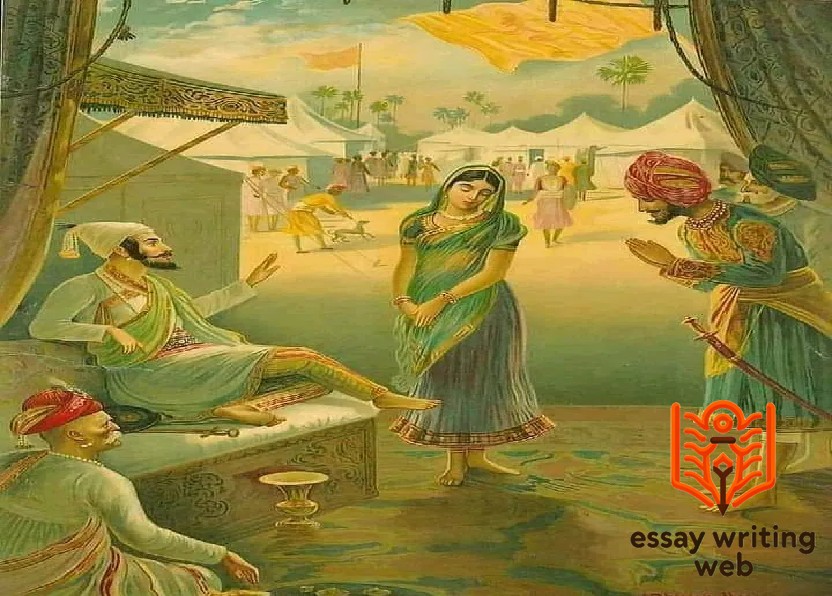
Chhatrapati Shivaji Maharaj, the founder of the Maratha Empire in western India, is celebrated not only for his military genius and statesmanship but also for his foresight in constructing and fortifying a vast network of forts across the Deccan plateau and along the western coast of India. These forts were not merely military structures; they were symbols of resistance, innovation, and the strategic brilliance that defined Shivaji Maharaj's reign.
